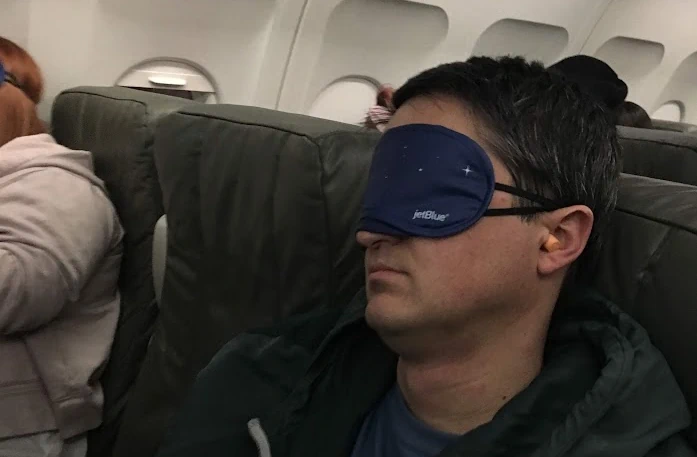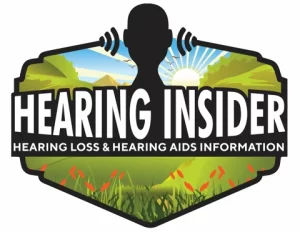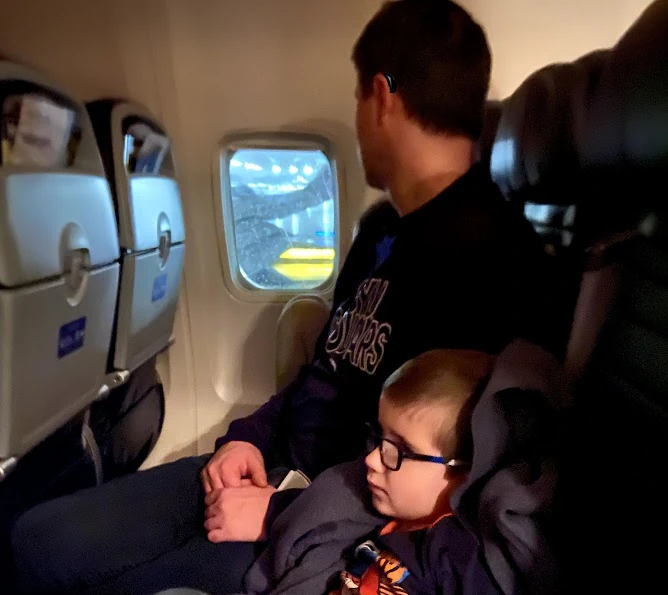Hearing aids are essential tools for those with hearing loss. Traveling, especially by airplane, can present unique challenges. If you are traveling for business or a family vacation, your hearing aids are essential. Here’s what you need to know and think about.
1. Before the Airplane Flight
- Prepare your hearing aids: Before you leave, make sure your hearing aids are clean, in good working condition, and the batteries are fully charged or fresh. Consider bringing extra batteries or a charging case. I always recommend an audiology follow-up appointment 1 month before any big tips so that if aids need to be sent in for repair you will have them back in time before your vacation.
- Packing Tips: Always keep your hearing aids and their chargers in your carry-on luggage. If possible, carry extra domes and wax guards. Placing them in checked luggage is a risk as you never know if you will get separated from your luggage for a time.
- Bring Backup Hearing Aids: Not hearing can ruin a vacation or work trip. Always smart to have an extra pair of backup hearing aids.
- TSA Regulations: The Transportation Security Administration (TSA) allows hearing aids to be worn through security checkpoints. They will not damage your hearing aids nor will your hearing aids trigger alarms.
- Clean Vents in Hearing Aids: If you have a custom mold on your hearing aid, there is a hole that goes all the way through it to allow the air pressure to equalize. Clean all wax out of the vent so your ears can equalize pressure normally during your airplane flight.
- Flight Mode: Check if your hearing aids have a ‘flight mode’ or ‘airplane mode’ or an option to disable wireless functions, as the airline might request this during take-off and landing. In reality, most audiologists disable this feature. Yes, it has to be there by law. But hearing aids have never crashed an airplane. Audiologists disable this feature because it accidentally gets enabled by the patient and then they bring their hearing aid in for repair as no wireless features are working.
Pro tip: Don’t worry about FLIGHT MODE.
2. During the Flight
- Reducing Background Noise: To improve your listening experience on the plane, use programs or settings on your hearing aids designed for reducing background noise. The easiest way to access this is through the app.
- Take A Break: If you feel like your ears are under stress or the noise is too loud, it’s perfectly okay to remove your hearing aids for a while. Allow your ears to adjust to the change in pressure.
- In-flight Entertainment: If you want to use the plane’s in-flight entertainment system, consider bringing a headphone as Bluetooth functionality via hearing aids is discouraged on planes.
- Communicating with the Crew: Notify the flight attendants that you are using hearing aids. This way, they can assist you more effectively in case of important announcements or emergencies.
- Earplugs: Remove hearing aids and use earplugs if you are trying to sleep on that redeye flight.

3. After the Flight
- Put Hearing Aids Back To Normal Settings: Reset hearing aids back to normal settings. The easiest way to do this is to turn the aids off (open battery door, place aids in charger) and turn them back on again (reconnect battery door, remove aids from charger).
Final Thoughts
With the right preparation and care, using hearing aids on a plane can be a smooth experience. Always remember to keep your aids and accessories in your carry-on, and communicate your needs to flight staff when necessary. Safe travels!

